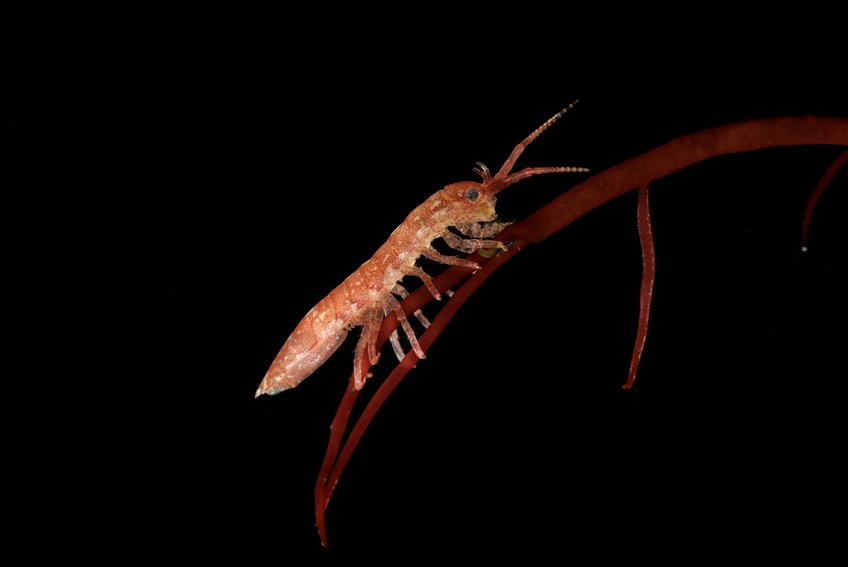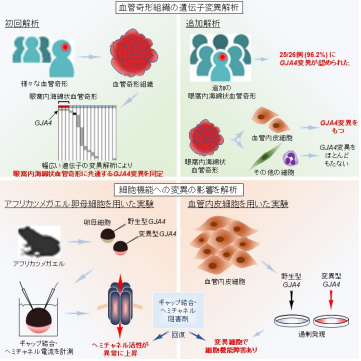2022-07-29 ジョージア工科大学

Golyski Sawicki CAREN
実験には、ジョージア工科大学のCAREN(Computer Assisted Rehabilitation Environment)という、運動時の安定性を研究するための統合システムを使用しました。このシステムは、トレッドミルの上にカメラを設置し、人に取り付けたモーションキャプチャマーカーで人の動きを追跡するのが特徴です。
この新しいフレームワークにより、体のどの部分が不安定なエネルギーに反応しているかを判断し、リハビリテーション治療の対象となる特定の筋肉や関節を特定することができるようになる。また、バランス感覚を失った人の安定化反応を回復させるために、特定の関節をターゲットにした先進的な外骨格や人工関節への扉を開く可能性もある。
<関連情報>
- https://research.gatech.edu/new-framework-measuring-stability-during-walking
- https://royalsocietypublishing.org/doi/10.1098/rsif.2022.0024
ヒトの歩行時の不安定なエネルギーを補う下肢の関節はどれか? Which lower limb joints compensate for destabilizing energy during walking in humans?
Pawel R. Golyski and Gregory S. Sawicki
Journal of the Royal Society Interface Published:01 June 2022h
DOI:ttps://doi.org/10.1098/rsif.2022.0024
Abstract
Current approaches to investigating stabilizing responses during locomotion lack measures that both directly relate to perturbation demands and are shared across different levels of description (i.e. joints and legs). Here, we investigated whether mechanical energy could serve as a ‘common currency’ during treadmill walking with transient unilateral belt accelerations. We hypothesized that by delivering perturbations in either early or late stance, we could elicit net negative or positive work, respectively, from the perturbed leg at the leg/treadmill interface, which would dictate the net demand at the overall leg level. We further hypothesized that of the lower limb joints, the ankle would best reflect changes in overall leg work. On average across all seven participants and 222 perturbations, we found early stance perturbations elicited no change in net work performed by the perturbed leg on the treadmill, but net positive work by the overall leg, which did not support our hypotheses. Conversely, late stance perturbations partially supported our hypotheses by eliciting positive work at the leg/treadmill interface, but no change in net work by the overall leg. In support of our final hypothesis, changes in perturbed ankle work, in addition to contralateral knee work, best reflected changes in overall leg work.


